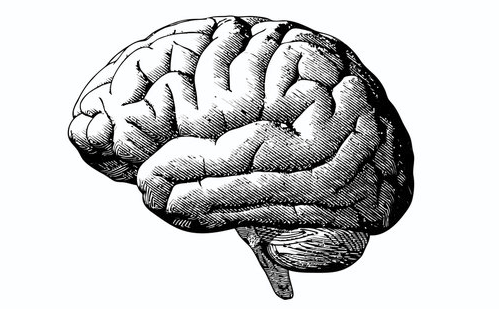Drawing:Ghyyk3cw_2e= Brain

The intersection of Drawing:Ghyyk3cw_2e= Brain function presents a fascinating avenue for exploration, particularly in understanding how this artistic practice influences cognitive and emotional development. Engaging in drawing not only activates various neural pathways but also serves as a medium for expressing complex emotions and enhancing problem-solving skills. As we consider the implications of these findings, one must ponder: how might the act of drawing reshape both educational methodologies and personal growth strategies in a rapidly evolving world? This inquiry opens a dialogue that could lead to unexpected revelations about the power of art in our daily lives.
The Neuroscience of Drawing
The neuroscience of drawing reveals a fascinating interplay between cognitive processes and motor functions, highlighting the intricate ways in which the brain engages with art.
Through the formation of neural pathways, drawing enhances cognitive development, refining visual perception and motor skills.
This dynamic relationship fosters creativity, empowering individuals to express their unique perspectives and embrace the freedom of artistic exploration, enriching both mind and soul.
Emotional Expression Through Art
Art serves as a powerful conduit for emotional expression, allowing individuals to communicate feelings that often elude verbal articulation.
Through color psychology, artists can evoke specific emotions, transforming their inner experiences into visual narratives.
Artistic therapy harnesses this potential, offering healing and self-discovery.
Read Also Animated:7udyhenyiqs= July 4th
Drawing as a Learning Tool
How can drawing enhance the learning experience? Engaging in drawing fosters visual literacy, allowing learners to interpret and communicate complex ideas effectively.
This creative process supports cognitive development by stimulating critical thinking and memory retention.
As individuals express thoughts through imagery, they cultivate a deeper understanding of concepts, empowering them to explore knowledge with freedom and creativity, ultimately enriching their educational journey.
Problem-Solving and Creativity
Drawing serves as a powerful catalyst for problem-solving and creativity, offering individuals a unique avenue to visualize challenges and develop innovative solutions.
This process enhances visual thinking and spatial reasoning, fostering cognitive development. By tapping into artistic intuition, individuals can explore diverse perspectives, unlocking their potential for original thought.
Ultimately, drawing empowers the freedom to express complex ideas in a tangible form, enriching problem-solving endeavors.
Conclusion
In conclusion, Drawing:Ghyyk3cw_2e= Brain transcends mere artistic expression, acting as a catalyst for unparalleled cognitive and emotional development. This profound practice not only nurtures the mind’s ability to perceive and interpret the world but also unlocks the depths of human emotion, transforming chaos into clarity. By fostering creativity and enhancing problem-solving capabilities, drawing emerges as an extraordinary tool, empowering individuals to navigate life’s complexities with both insight and imagination. The impact of this practice is nothing short of revolutionary.


